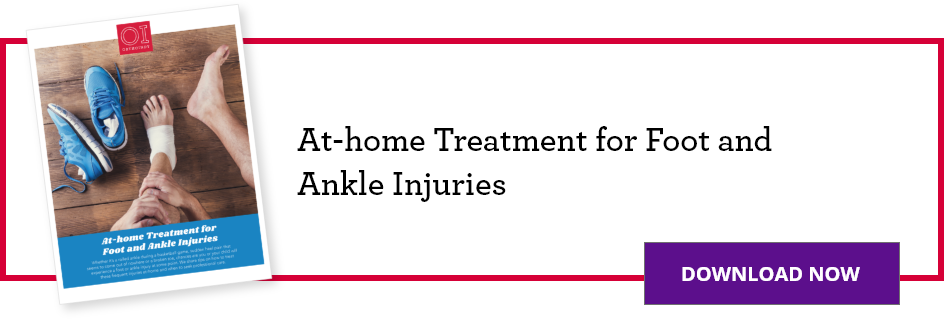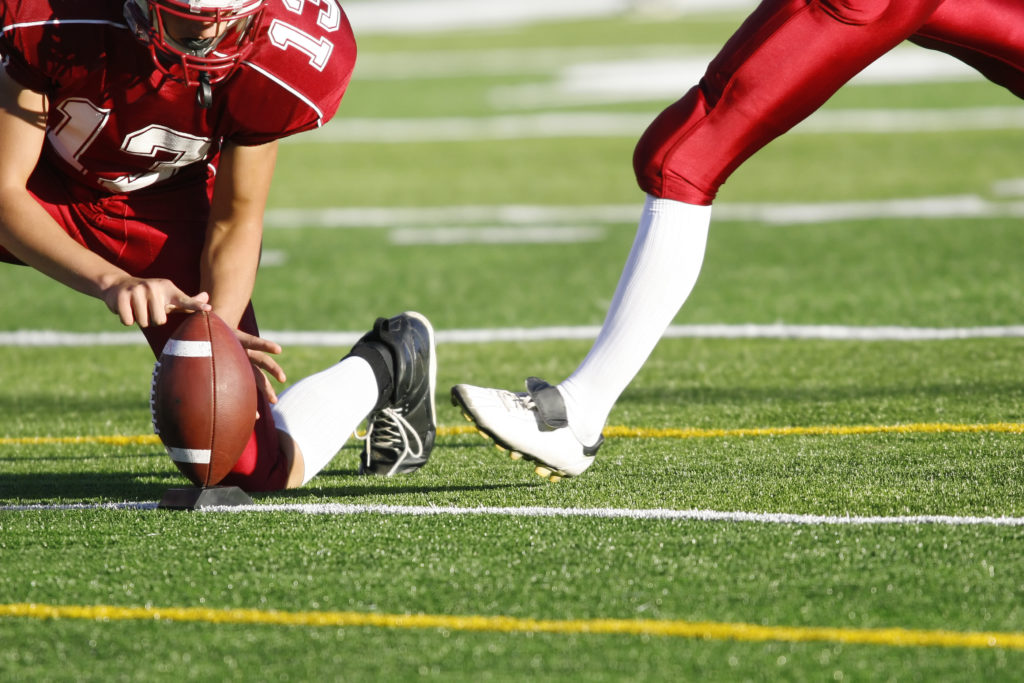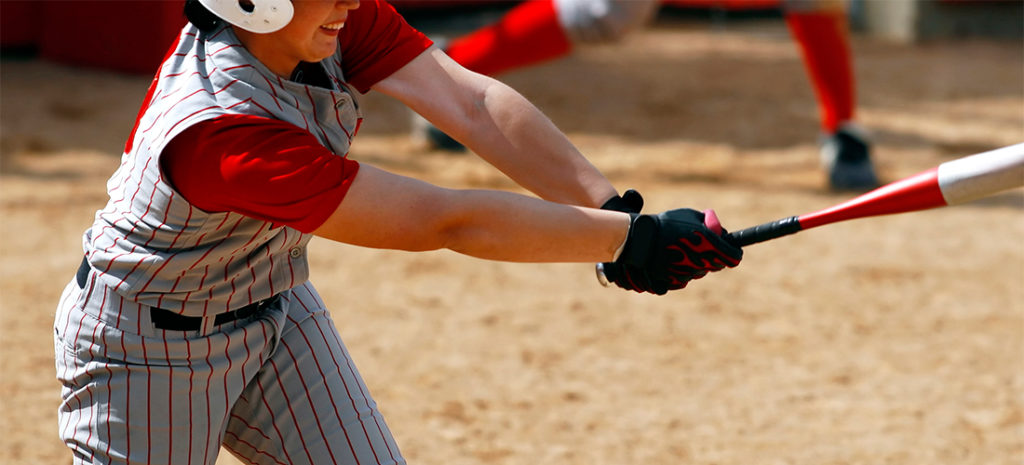THIS ARTICLE IS PART OF THE ULTIMATE GUIDE TO SPORTS MEDICINE
Turf toe is a sprain of the main joint of the big toe. It typically occurs when the toe is forcibly bent into hyperextension. Big toe sprains were seen more frequently in football players after artificial turf became common; consequently, the name turf toe became a more popular way to refer to the condition.
Anatomy
The feet contain nearly one-fourth of all the bones in your body, which provide you with support and movement. There are 26 bones in one foot: 14 toe bones, five long toe (metatarsal) bones and seven tarsal bones.
The big toe is made of two joints. The largest is the metatarsophalangeal joint (MTP), where the first long bone of the foot (metatarsal) meets the first bone of the toe (phalanx). In turf toe, the MTP joint is injured.
Turf toe refers to any injury of any soft tissue structure surrounding the MTP joint. Turf toe can vary in severity from a stretch to a partial tear, and even sometimes a total dislocation of the MTP joint.
- Grade 1: A stretch in the MTP joint and surrounding structure; light swelling and tenderness
- Grade 2: A partial tear with more tenderness, moderate swelling and bruising; toe movement is limited and painful
- Grade 3: A complete tear with severe tenderness, severe swelling and bruising; toe movement is difficult and extremely painful
What causes turf toe?
Any sport that requires an athlete to place the forefoot on the ground with the heel raised and a force pushes the big toe into hyperextension (such as taking off for a sprint).
Physician examination
To determine whether you have turf toe, your physician will ask you for a complete medical history, have you describe your symptoms and how the injury occurred, and conduct a physical examination. An X-ray or MRI may be necessary to rule out other problems.
MAKE AN APPOINTMENT WITH AN FOOT AND ANKLE SPECIALIST AT ORTHOINDY
Treatment for turf toe
Treatment always begins with conservative treatment and depends on the severity of the injury.
Grade 1 turf toe
- Rest
- Ice
- Compression
- Elevation
- Taping the big toe to the smaller toes
- Non-steroidal anti-inflammatory medications
- Orthotics or shoe inserts
An athlete can typically continue sports participation.
Grade 2 turf toe
- Immobilization of the joint
- Walking boot
- Taping the big toe to the smaller toes
An athlete can typically return to play within three to 14 days after injury with rest.
Grade 3 turf toe
- Immobilization
- Walking boot
- Cast
- Physical therapy
Athletes with a grade 3 injury may be out for six weeks or longer.

Turf toe surgery
Surgery for turf toe is very rare; however, if pain persists and level of athletic ability is affected surgery may be an option. Surgery varies depending on severity. The goal of surgery is to repair the soft tissues and restore joint function. The decision to proceed with surgery is based on symptoms, the severity of the injury and response to conservative treatment.
Learn more about foot and ankle treatment at OrthoIndy.
Schedule an appointment
Your well-being is important to us. Click the button below or call us to schedule an appointment with one of our orthopedic specialists. If your injury or condition is recent, you can walk right into one of our OrthoIndy Urgent Care locations for immediate care. For rehabilitation and physical therapy, no referral is needed to see one of our physical therapists.





